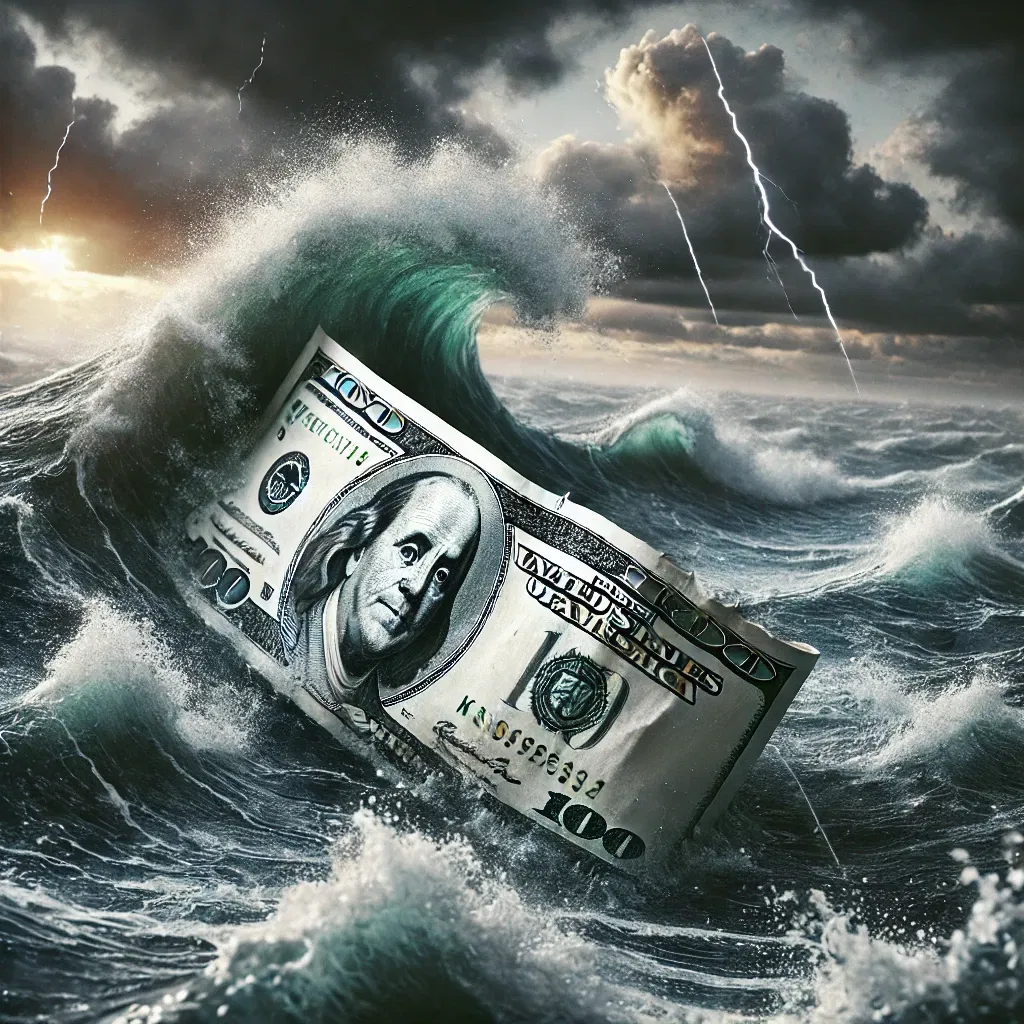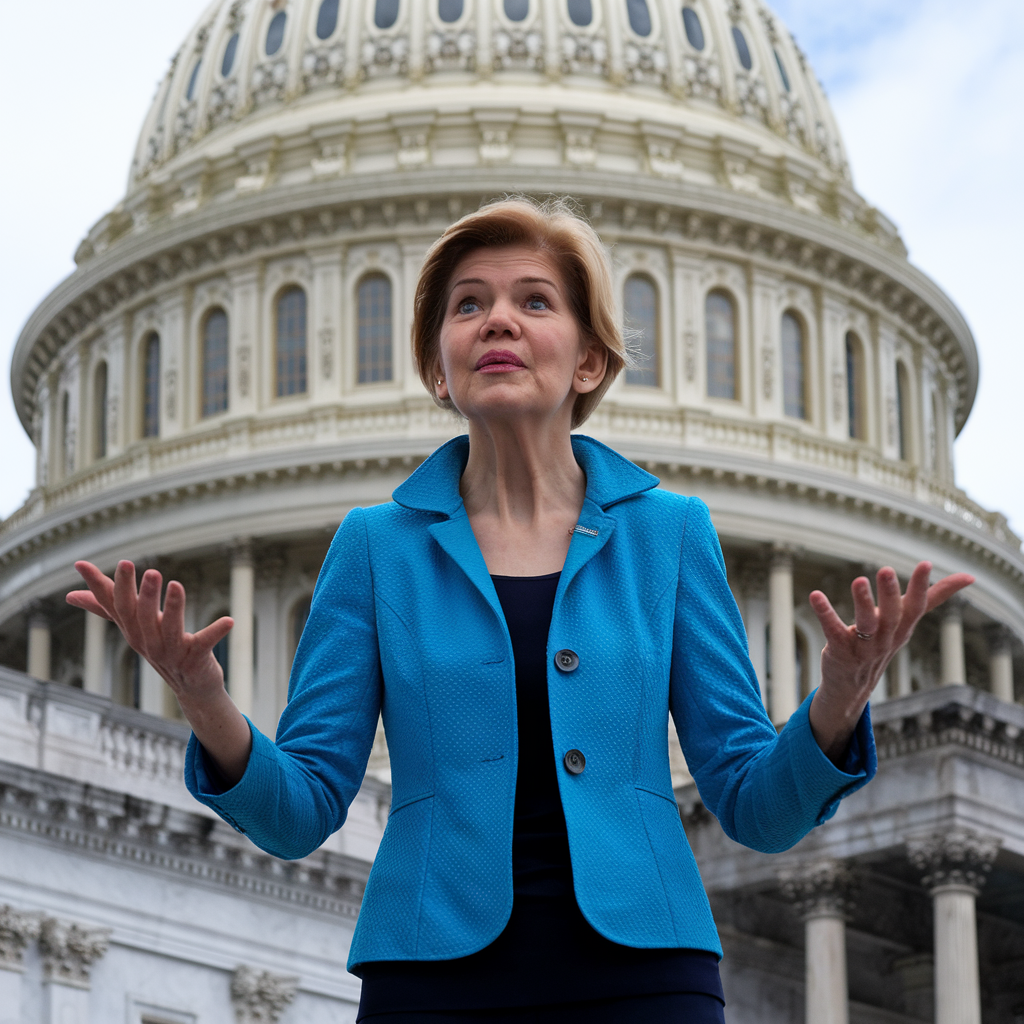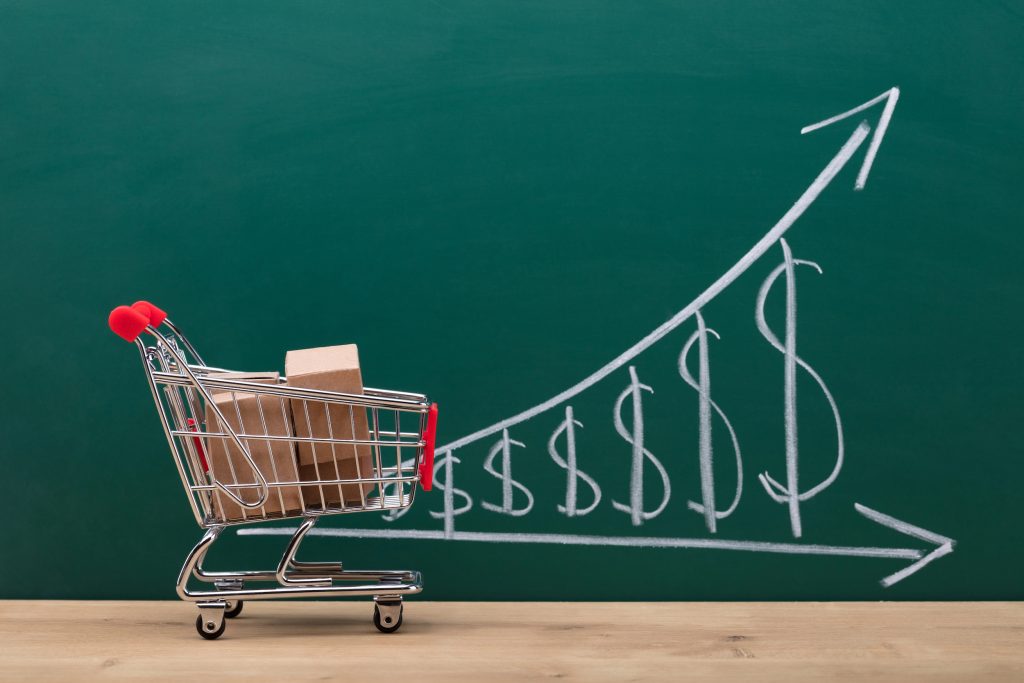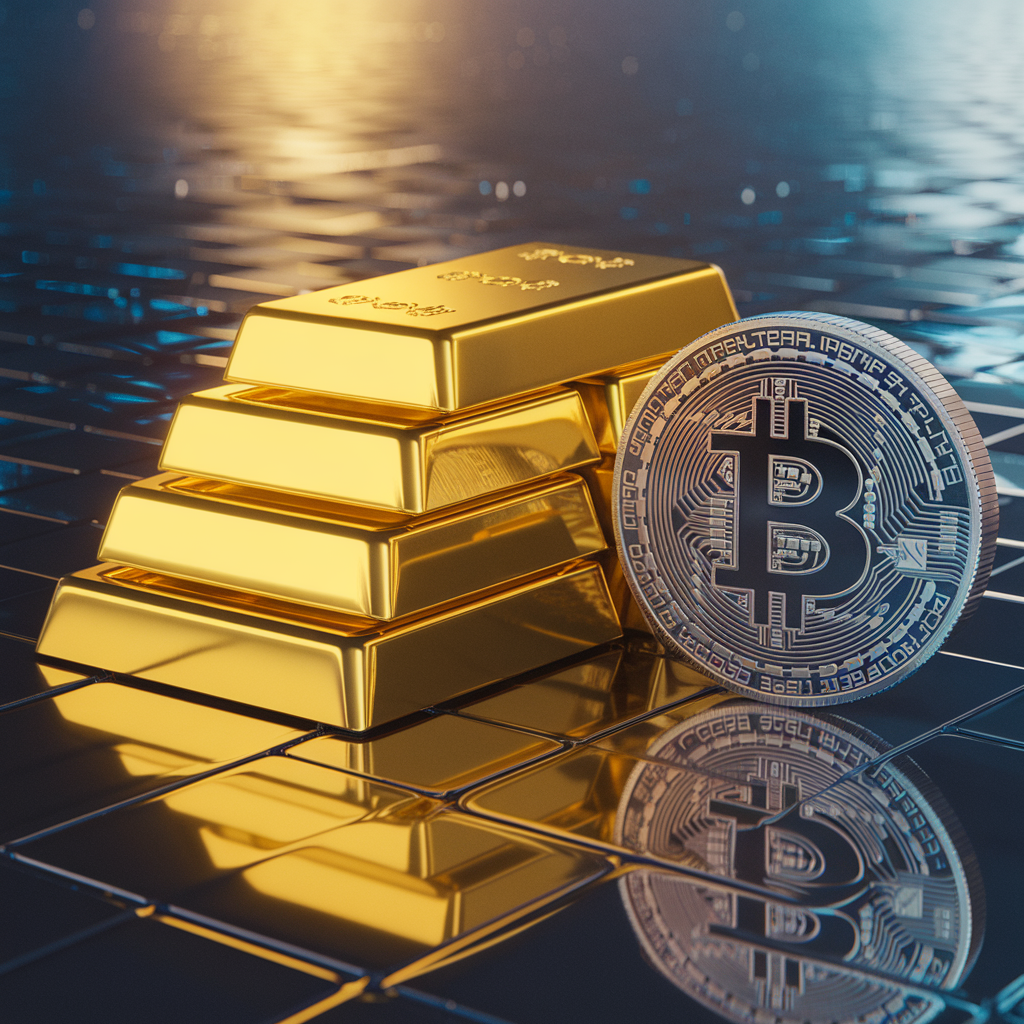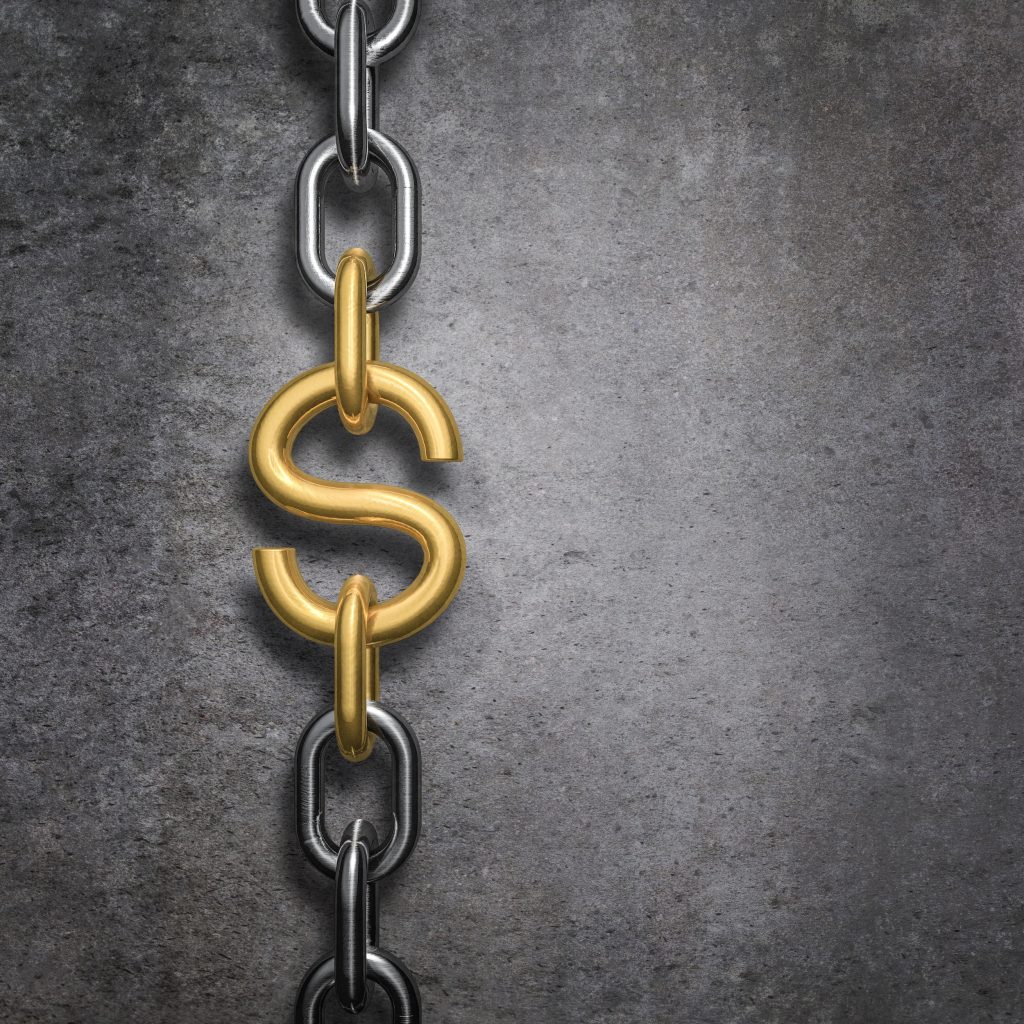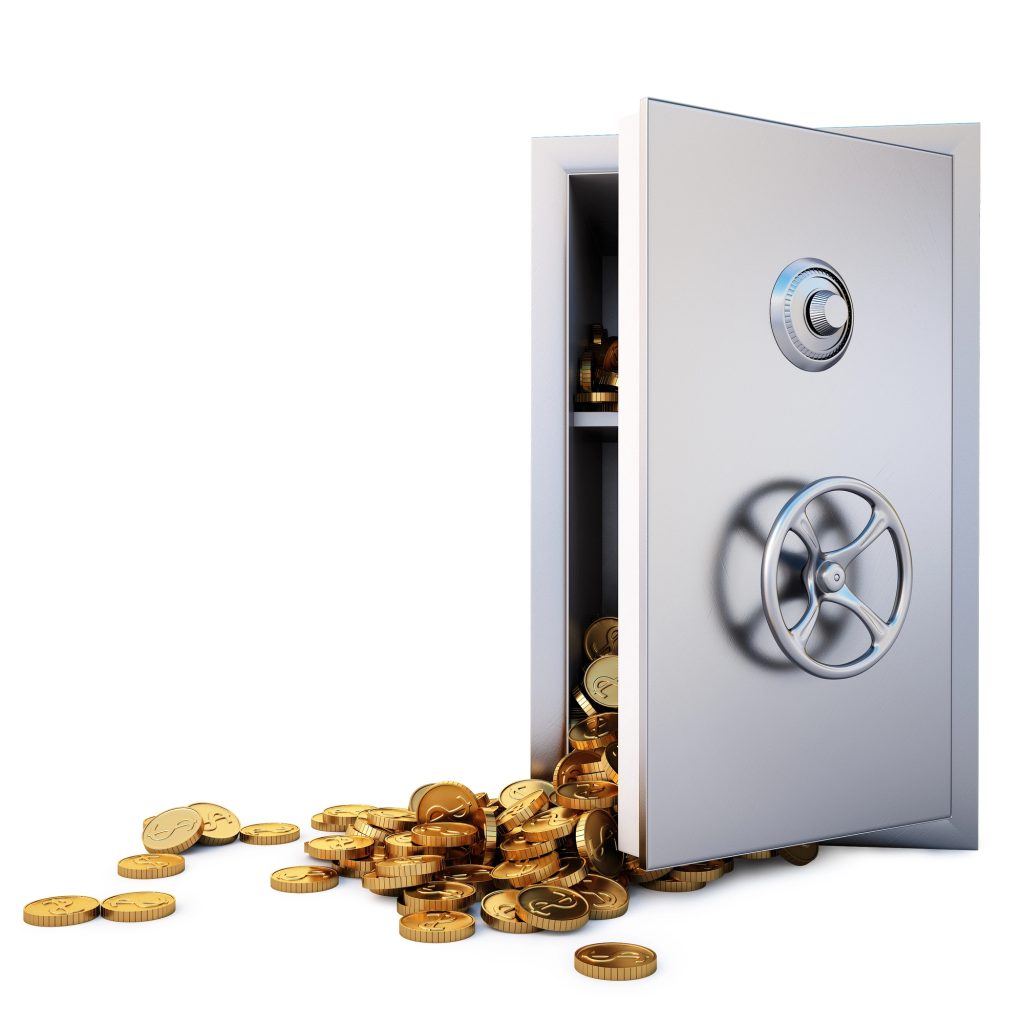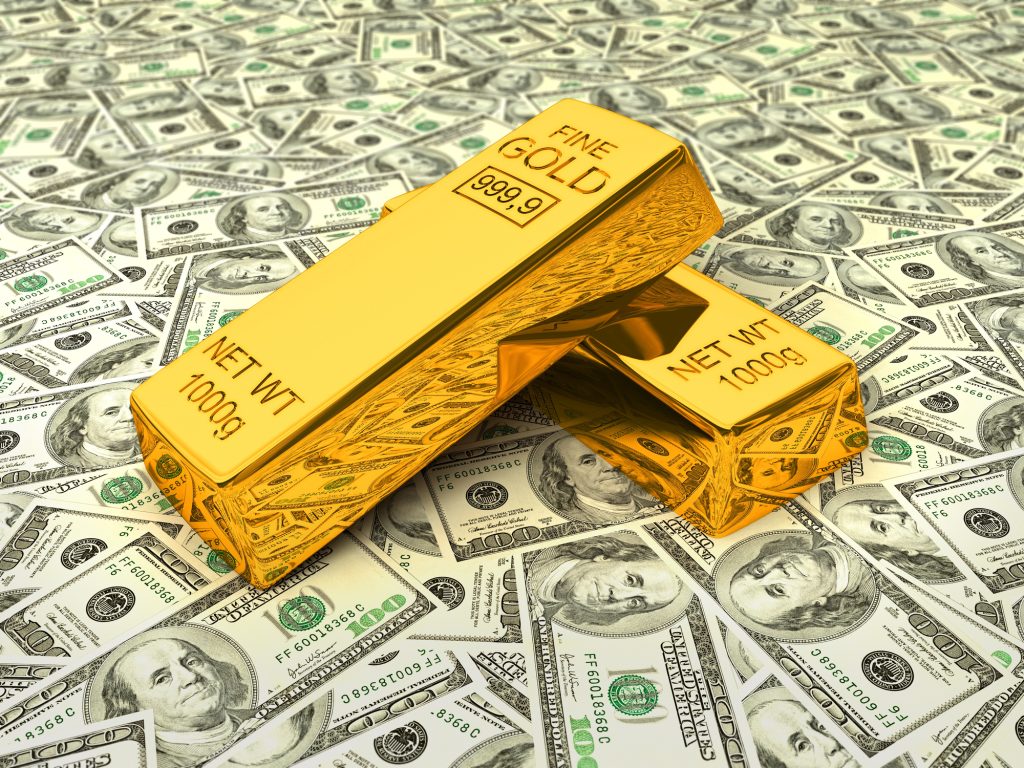At a campaign rally earlier this month, President Trump promised that if he is elected, “We will keep the US dollar as the world’s reserve currency. It is currently under major siege. Many countries are leaving the dollar.”
What he’s referring to is the extreme privilege that the US has, i.e. that central banks around the world hold the US dollar in reserve as form of savings.
The entire world also conducts trade in US dollars. Since World War II, the vast majority of cross-border transactions among international businesses have been settled using US dollars.
Today, US dollars account for 54.8% of central bank holdings around the world. That’s still a lot, but it’s down from around 70% in the late 1990s, according to the latest IMF data.
And the US dollar is currently used for 42% of international trade, down from 52% in 2014, according to SWIFT, the Society for Worldwide Interbank Financial Telecommunication.
The dollar is still dominant, but it’s not a good trajectory.
This is a huge problem because, when foreign central banks hold US dollars, they generally do so by holding US bonds— which means they buy US debt.
With $35.5 trillion of debt, equal to about 123% of GDP, the US desperately needs big buyers of its bonds.
If foreigners decide to stop using the dollar, this ultimately means they won’t be buying as much US government debt… And the only real option at that point would be for the Federal Reserve to ‘print’ the money.
We all saw what happened when the Fed printed about $5 trillion during the pandemic— we got 9% inflation.
Well, the US government’s own conservative estimate is that it will take on another $22 trillion in debt over the coming decade. If the Federal Reserve had to print the majority of that, who knows how high inflation would go.
This is one of the reasons why it’s so important to the US economy that the dollar remain the world’s dominant reserve currency.
Trump is the only remaining Presidential candidate who is even acknowledging this massive risk for the US. (Bobby Kennedy also understood the issue, but he has effectively withdrawn from the race.)
But his solution doesn’t really cut it.
In the same stump speech, Trump says that he will threaten and bully countries into continuing to use the dollar. For example, if other countries say they want to “stop using the dollar,” then he could impose higher tariffs or even outright bans on imports of that country’s good and services.
But that doesn’t really work. The decision to use (or not use) the US dollar for trade isn’t made by Trump. Or Xi Jinping. Or most other world leaders and central bankers. It ultimately comes down to businesses and individuals to decide for themselves what currency to use.
If Apple decides that they want to pay TSMC (Taiwan Semiconductor Manufacturing Co) in New Taiwan Dollars, that’s a decision which those two companies will make between themselves.
And that sort of decision wouldn’t even be a high level executive, i.e. CEO or CFO level discussion. It would most likely be a mid-level manager in the finance or corporate treasure department.
They look at a number of factors, including what their vendor partners want, and what’s best for business— for example, accepting and holding certain currencies give higher rates of return.
These aren’t political decisions. They’re financial decisions. Business decisions.
Similarly, you could put your house on the market today and demand to be paid in Bitcoin. Or gold. Or perhaps a potential buyer is from Germany and wants to pay you in euros. It’s entirely up to the buyer and seller to decide on the settlement currency.
So the best way to keep the world using US dollars it not with threats, but through incentives. Much more carrot, much less stick.
In fact, threats are among the reasons why so many places around the world are interested in finding an alternative to the US dollar.
But if, on the other hand, the US government was just a little less dysfunctional, and engaged in a little more cooperation…
If politicians weren’t trying to imprison rivals from the other party, if they could recognize problems, compromise on sensible solutions, stop spending so much money, and keep the currency from suffering high inflation…
Then the world would be a lot more interested in continuing to use the US dollar. There would be a lot more trust and confidence in the US financial system.
But that doesn’t seem to be on too many people’s agenda.
It’s because of that, we anticipate the dollar will continue to lose share of global reserves, leading to (as I wrote above) more debt and inflation.
Certainly there are a few, limited scenarios in which that outcome can be avoided. And one can hope. But I’m not holding my breath.
That’s why is makes so much sense to have a Plan B.
Think about it— even central banks have Plan B. That’s why they’re buying up so much gold.
Over the past couple years, they have traded about $80 billion worth of excess US dollar reserves for gold, and that has driven the price of gold to an all time high.
Just imagine what will happen to the gold price if they buy another $300-400 billion…
Bear in mind central banks around the globe currently hold about $8 trillion in US dollars.
Converting just 5% of that to gold could easily make the price shoot past $10,000 an ounce.
And that may just be the beginning.
